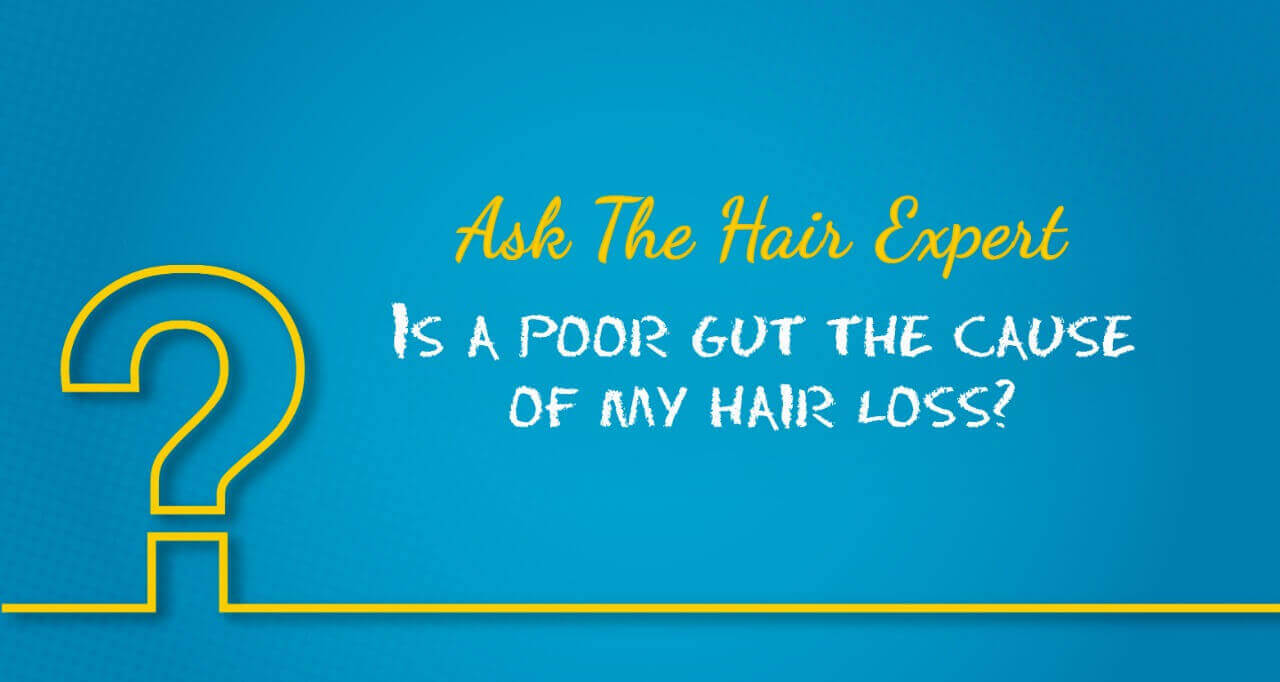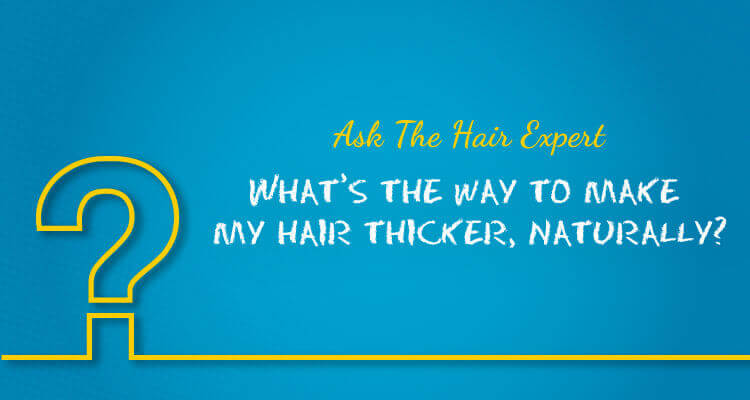A Split end (or trichoptilosis) is a common condition that proves to be everyone’s devil, when it comes to hair! Split ends are found in shorter hair that is out of condition, and mostly in long hair. It is an affliction on anyone trying to grow their hair.
During the seventies, women used to burn off the split ends! There are much better solutions available today to avoid the condition and to tackle it head-on.
The first step to tackling the problem is to understand its root cause and then approach it scientifically. Let us now understand more about split ends and how to tackle it.
What are split ends?
Trichoptilosis or split ends, refers to the condition when there is splitting or fraying of the hair shaft. This can happen on account of various factors.
Split ends normally happen when the hair is exposed to extreme temperature, and when there is not enough oil or lack of nourishment. Let’s dive into this further.
How does it occur? What is the science behind it?
- Split ends occur when the ends of hair fibres are stripped away from their protective cuticle. Chances of split ends are seen more in dry or brittle hair. This may be caused by excessive chemical use or due to vigorous brushing.
- Split ends also occur when your hair’s cuticle wears down, and it is impossible to replace. All you can do is tame them or trim them and vow to treat your hair better next time! The best solution then is to cut the split end, to remove the damaged fibre.
- Fraying also occurs due to intense heat caused by the likes of curling irons, blow dryers, etc.. These treatments can lead to hair being overstretched & damaged.
- Hard combing or brushing and frequent brushing can also split the ends.
- Wrong haircut, particularly with vertical scissors or candle or any other tool which singes hair, leads to split ends.
- Another culprit is the hairpin that is not smooth at the end – because when you try to take it out, it can rip the hair!
- Winter season further dries out the hair. If you can keep your hair from drying out and protect it by taking careful measures, you can prevent split ends.
A way to avoid multiple split ends is to avoid intense heat on hair, to use a conditioner that protects hair during heat if you can, naturally dry your hair, and to throw away those lousy hairpins!
Further, it is necessary to drink a lot of water, as water has a lot of minerals which is good for hair. If your hair is dry, then the hair shaft can split at the end.
A hair doctor, a Trichologist, would best help you understand the condition, especially if its severe, and will specifically address to solve your overall hair health.
Here are some quick tips to try to keep those unsightly splits from spoiling the looks of your locks on your own!
- Brush minimum since it leads to breakage. You should not brush when your hair is wet. If you need to then use a wide-toothed comb.
- Strive for low-maintenance hair. Hair dryers, curling irons, perms and hair colours damage hair. If you must blow-dry, use a cool setting and keep the dryer at least 6 inches (15 cm) from your hair.
- Hair should be protected from extreme weather. Wear a hat on sunny days and keep hair well moisturised in the dry winter months.
- Apply a leave-in conditioner to the ends of your hair daily to keep them healthy.
- Snip away any split ends you spot which means cut at least 1 inch above the split. Snip the split end soon since it can split the hair all the way up to the scalp, if unattended.
- Schedule a trim with your hairstylist if you start seeing a lot of split ends.
- A DIY Tip!
Take small sections of hair and carefully twist them in a gentle downward motion. Any split ends will automatically stick out for you to notice. Carefully snip into the twist with sharp scissors.
Don’t cut right through; just cut into the thickness to remove the damaged cuticles and give a natural layered effect. Be careful to cut roughly the same amount from each twist.
- As you do with your face & body, treat your hair periodically to treatments that help disinfect, detoxify, revive and rejuvenate your hair and scalp.
Hair care regimen at home should also adapt to changes in season, be it winter, monsoon, summer and even during certain festivals like Holi!
If the problem is recurring in spite of adequate action from your end as above, it would be best to consult a hair doctor, for a thorough scientific analysis of the condition.
For more tips on healthy hair, click here. However, do not forget your trichologist, who is there to help you with all your Hair & Scalp problems.
Flaunt your beautiful hair and stay confident!



